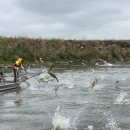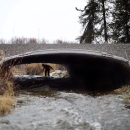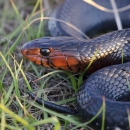The Branch of Communications and Partnerships is proud to announce completion of the 2021 FAC Annual Report. The report includes links to regional stories as well as maps and other graphics that can be downloaded.
Publication date
Type of document
Annual Report
Program







